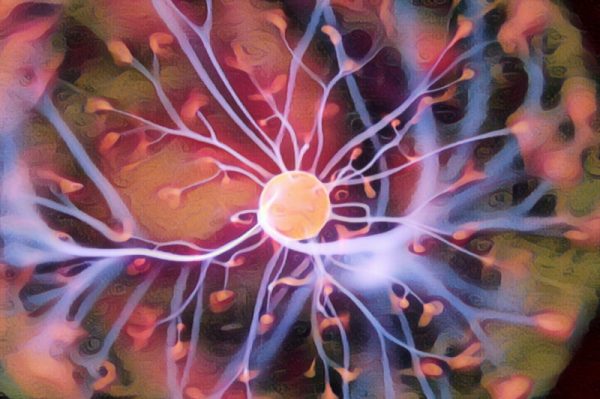
Grief can cast long, dark shadows over our emotional and cognitive landscape, causing emotions from uncontrolled anger, sorrow and eventually healing.
What exactly transpires in the complex neural networks of our brain when we are shrouded in grief? How does the brain react, process, and, ultimately, facilitate healing during this emotive journey?
Let’s delve into the intricate neuroscience of grief.
The Initial Shockwave: Stress Response in the Brain
When the distressing waves of grief first wash over us, our brain’s immediate response is to activate the stress pathway, largely managed by the amygdala and the hypothalamus. This reaction triggers a cascade of stress hormones, primarily cortisol and adrenaline, preparing our body to respond to the pain akin to a physical threat. It’s not uncommon during this phase to experience heightened alertness, anxiety, and sleep disturbances as the brain is engulfed in a hyper-aroused state.
Treading Through Emotional Tumult: Limbic System at Play
As we further navigate through grief, the brain’s limbic system, the mid-brain, plays a pivotal role in managing our emotions and memories. The amygdala comes into play again, driving emotional responses ranging from sadness to flat out anger, while the hippocampus helps encode and retrieve memories, often as if the person is still with us, and explaining why certain reminders or anniversaries can be particularly piercing.
Here, the paradox of grief appears – memories that bring pain also serve as a bridge to our lost ones, creating a tumultuous emotional whirlwind that the brain endeavors to manage.
Navigating Cognitive Fog: The Prefrontal Cortex and Grieving
Many grieving individuals describe experiencing a cognitive fog, wherein concentration, decision-making, and memory retrieval become laborious tasks. The prefrontal cortex, responsible for executive functions, often operates sub-optimally during grief. The persistent activation of stress pathways and the emotional turbulence managed by the limbic system can partially overshadow the logical, rational operations of the prefrontal cortex, elucidating the common cognitive haze encountered during mourning.
Healing and Adaptation: Neuro-plasticity and the Mourning Mind
Over time, most individuals notice an adaptive shift from acute, overwhelming grief towards a more integrated, albeit still painful, form of remembrance. This progression from pervasive sorrow to acceptance is partly facilitated by the brain’s remarkable ability to reorganize itself – known as neuro-plasticity.
Through continual engagement with memories and emotions related to the loss, alongside new experiences and learning in a supportive environment, the brain gently rewires its neural pathways. Slowly, the intense emotional and physiological responses to grief cues become less potent, allowing for adaptation to the new, altered reality.
The Nurturing Balm: Social Connection and the Oxytocin Factor
Human connection and social support during grief cannot be understated. The hormone oxytocin, often dubbed the “love hormone,” is released during social bonding activities, such as hugging, and is believed to counteract stress responses and promote emotional healing. Engaging with others in support groups or through personal relationships allows our brain to release oxytocin, offering a gentle buffer against the harsh waves of grief.
The Bottom-Line
The labyrinthine journey through grief is neither linear nor universally consistent, and the brain’s responses and adaptations are equally multifaceted. Understanding the neuroscience of grief not only provides insights into our physiological responses to loss but also underscores the imperative of nurturing our brain during this vulnerable epoch.
Acknowledging, respecting, and addressing the myriad ways our brain processes and adapts to grief is crucial. Be it through seeking support, allowing the expression of emotions, or simply providing patience and kindness to oneself – these actions enable the brain to weave through the intricate web of mourning, gradually facilitating a healing that honors both our pain and our memories.



Leave A Comment